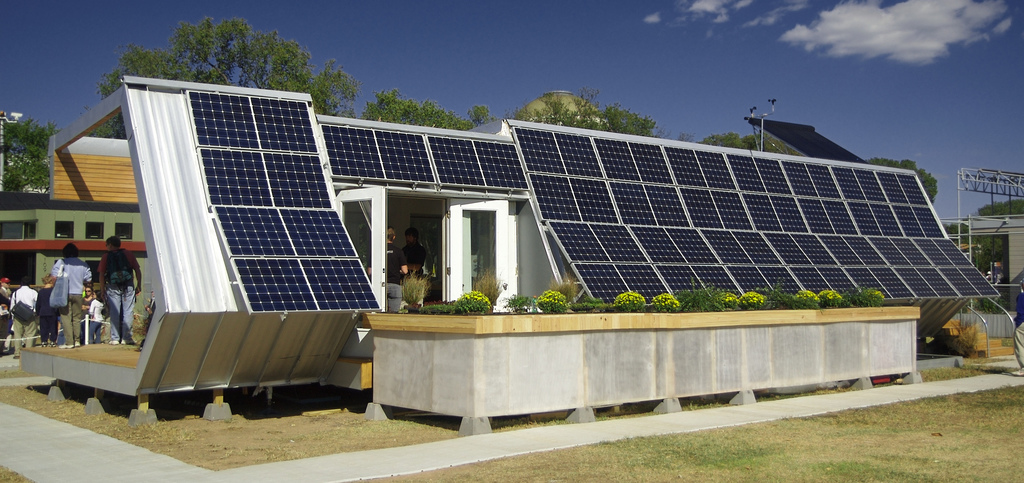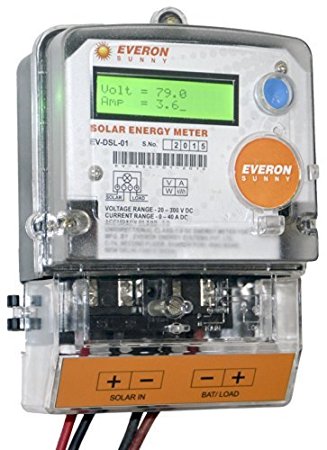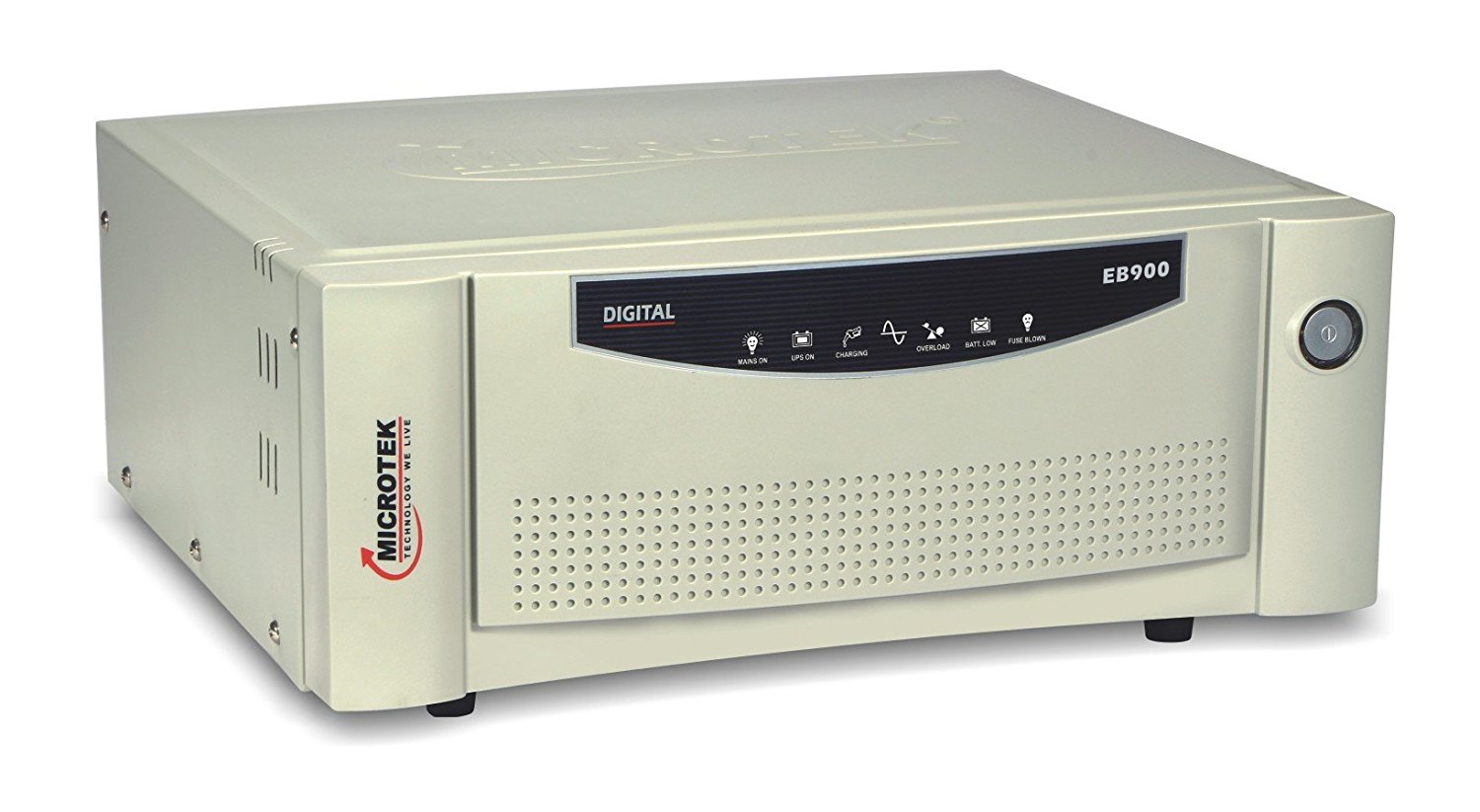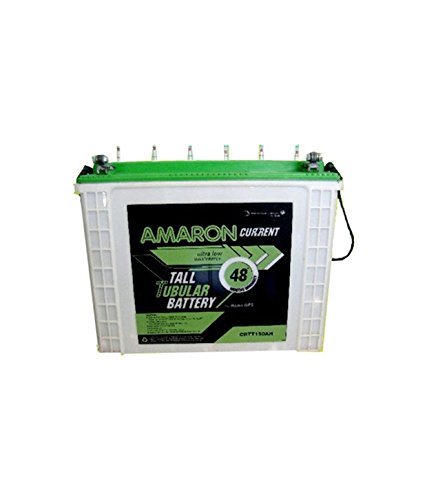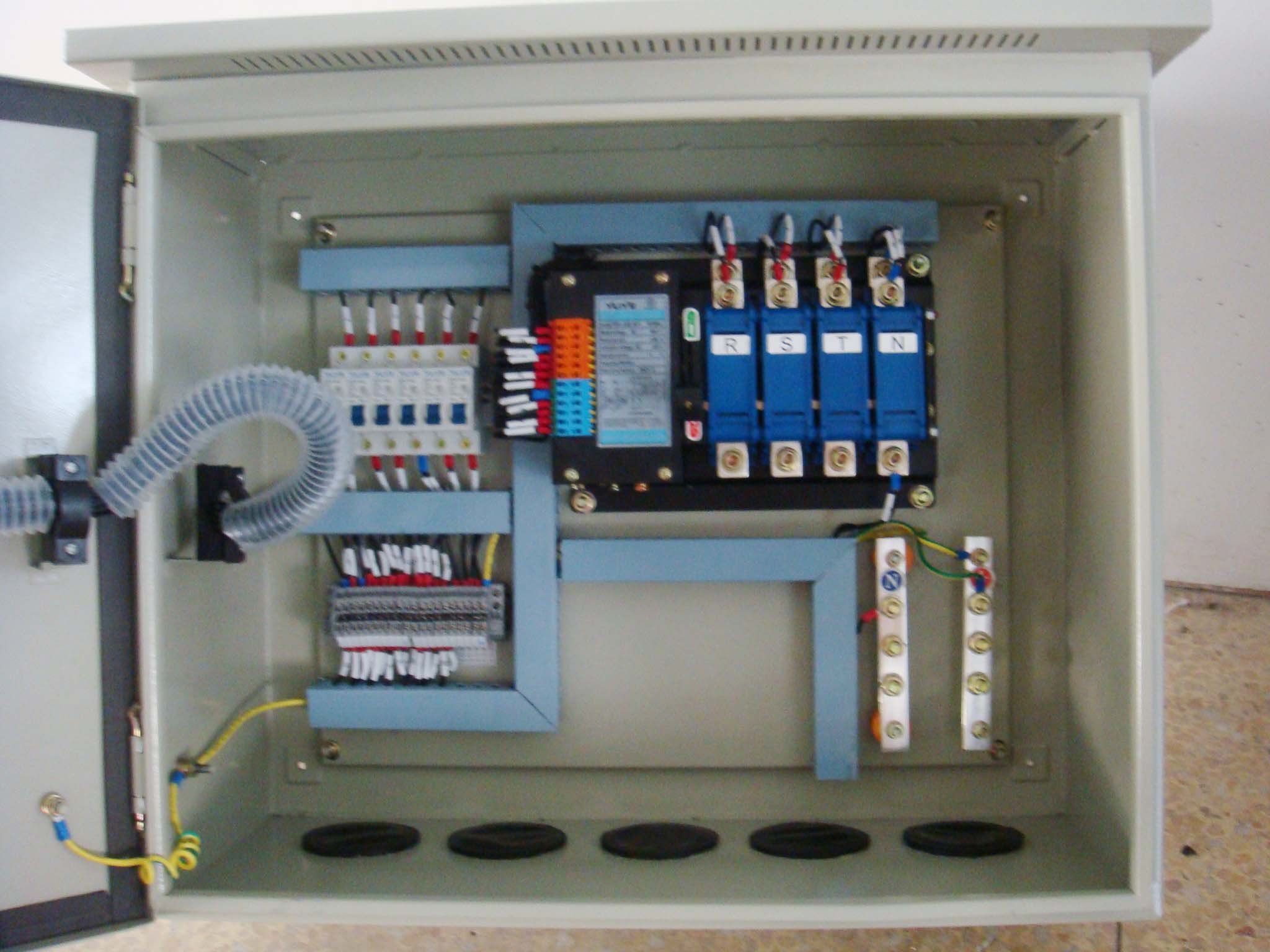India is going solar, at the rate of at least a house a day. The stats aren’t surfacing as rapidly as they should, largely because government has little interference in off-grid solutions. But how exactly are the private solar product manufacturers and consumers collaborating in making India green? Let’s have a look.
The biggest advantage of an off-grid solar system is that you are completely independent of government subsidies and even the grid. You can produce your own electricity just by utilizing the power of the sun, which is a god-made resource and a handful of products that will channelize this energy to work to your advantage.
To set up an off-grid solar solution for all your electric purposes, the most basic prerequisite is a house and a rooftop, to which you have the rights or access. You can easily run at least one air conditioner other than lights, fans, a couple of televisions and a refrigerator, if your solar power producing potential is 3KW or more. All costs are more or less one-time, and if you maintain the products properly, you can be rest assured of an electricity bill for at least ten year. Plus, you reduce the burden off a planet troubled by global warming.
However, please note that if you are implementing an off-grid solar system for the first time, please do not fully abandon your conventional electricity mains connection. After trying the system for a while, especially over periods with little to no sunlight and periods of power cuts, if you feel that the solar system at your home can completely replace your mains connection, then only abandon it. For the meanwhile, keep your mains as a backup source; as such, if you are not using it, the electricity bill will be negligible.
Another point to be noted is that an off-grid solar system should be set as per your electricity requirements observed over a period of time. Every product that will be used for setting up this system will cost money. But if you buy the best quality products that have been tried and tested, and offer a good warranty, your one-time investment will be saving you a lot of money for the future.
Other than the electric equipment in your house, the other requirements are:
- Solar Panel, along with wiring
- Array Junction Box
- Solar Energy Meter
- Batteries
- Inverter
- Load/Distribution box
Now, let us have a look at all the functioning as well as pricing of all the components, one by one:
(1) Solar Panel, along with wiring:
The typical starting price for a one watt solar panel in India is Rs. 100. However, your electricity requirements, even for a small household is in the range of multiple KW per day. And in fact, the price of the panels goes down as the wattage increases. A typical 250 Watt panel can be bought in the range of Rs. 10,000 and upwards. If you want to run a couple of AC’s besides a refrigerator and television, you should go for a 5 KW Array, which would mean around 20 panels.
This, in any case, is the most expensive part of the system, and would cost you in the range of around Rs. 1,00,000 or more (the complete set), depending on your requirement. You should go for a reliable company that would not only provides you the set of panels at a good rate, but also provide for their wiring and installation.
These panels are connected in series to add the voltages via flexible pipes. Make sure that the pipes are properly taped besides the panel, so that they do not get affected by any physical damage, including that caused by rains, storms or heat waves. Whether the solar panels are connected in series or parallel, their output is combined and compiled in an array junction box. The lifetime warranty of a good solar panel is around 25-years.
(2) Solar Combiner Box/Array Junction Box:
The solar combiner box or array junction box is responsible for bringing the output of the various solar panels together. The output strings from the solar panel land on a fuse terminal. The output of the fused inputs are combined onto a single conductor.
The output from the solar combiner box is then passed on to the inverter. Good quality solar combiner boxes also provide overcurrent and overvoltage protection. In any case, it is not a bad idea to use a MCB for protection. A good quality solar combiner box in India is priced at Rs. 15,000 and upwards. The prices increase as does the number of strings going from the input into the box. Its warranty is two years.
Some of the good combiner boxes can be found http://amzn.to/2p4bFl7.
(3) Solar Energy Meter:
Solar energy meters, or solar meters are used to measure the kWh production arising from a photovoltaic system. They collect data of the PV yield production, as well as that of the domestic energy consumption. This data can be used to monitor and analyze the panel performance. This data is great for the consumer, who will be prepared in case of bad weather conditions or malfunctioning of any of the equipments.
Good solar energy meters in India are available at a price of Rs. 2,000 and upwards. The typical warranty of a solar energy meter is one year.
You can buy one http://amzn.to/2q6nTIw here.
(4) Inverter:
The main function of the inverter here is to convert all of the direct current received via the photovoltaic panels to convert into alternating current. The inverters also have transformers, which convert the DC output voltage to AC output voltage. To ensure high efficiency and safety, the inverters accurately match the voltage and phase of the AC waveform.
Some really good inverters for your PV system can be found here:
A good inverter can be bought at Rs. 10,000 and upwards. Its warranty can be of four years, or even more.
(5) Batteries:
Batteries are generally needed to store the energy generated using the photovoltaic panels, and are mandatory in the case of off-grid systems. But what is more important is to have the appropriate number of batteries in your system, based on the maximum energy being generated and your requirements.
If you are going for a totally off-grid system, you should go for 150 or 200 Ampere batteries. Make sure that all batteries have a voltage of at least 12 V. A 3 KW off-grid system would work fine with four or five such batteries, but a 5 KW system would require ten batteries to run smoothly. You should go for a set of maintenance free lead acid batteries.
Some of these batteries would just work fine for your off-grid system: http://amzn.to/2rhMIBZ
A single battery can be bought at Rs. 10,000 and upwards. A good inverter comes with a warranty of four years or more.
(6) Load/Distribution box:
As the name suggests, the load or distribution box is the interface between the batteries and the ac current supply at home. It consists of a multifunction meter and MCB’s included in an enclosure. It also includes surge protection for safety.
The residents can always use this box to study the voltage, current, power, frequency, etc. and switch on and switch off the supply to the house.
Since the distribution box consists of a variety of elements, it is best to contact an electrician who has already dealt with installing PV systems. Depending on your usage, you can choose one of the following: http://amzn.to/2rhRmjp
A complete distribution box can be bought at around Rs. 5,000. It comes with a one-year warranty.
Total cost:
A 1 KW off-grid system would typically cost: 10,000(*4) + 15,000 + 2,000 + 10,000 + 10,000(*2) + 5,000 = Rs. 92,000. Which means, that at a budget of around Rs. 1 Lakh, you can run a LED television, a couple each of tubelights and fans, and three-four CFL bulbs once you get back home after work. With little maintenance, you will recover the costs in four to five years, a period in which most of the products are unlikely to get damaged.
A 3 KW off-grid system would typically cost: 10,000(*12) + 30,000 (price increases along with the array) + 2,000 + 15,000 (need a better inverter with the increase in output) + 10,000(*4) + 5,000 = Rs. 2,07,000. According to this, at a budget of around Rs. 2,10,000, you can run a one ton AC over the night, a refrigerator, a LED television, a couple each of tubelights, fans and CFL’s at any time of the day. If your requirement has been similar to that mentioned above, with an off-grid solution you will recover all costs between seven to eight years, and considerably low maintenance costs.
A 5 KW off-grid system would typically cost: 10,000(*20) + 50,000 + 2,000 + 30,000 (need the best inverter for a 5 KW system) + 10,000(*10) + 5,000 = Rs. 3,87,000. This means that at around Rs. 4 lac or so, you can run two (one ton each) AC’s simultaneously during the sleeping hours, a refrigerator, two LED televisions right through the day, three tubelights, three fans and 8 LED bulbs. Your costs will be recovered within twelve years including maintenance costs, and with a small investment, you would be able to run electricity totally free of cost for another twelve years.
I would like to stress on the fact that solar off-grid systems can be created using different combinations depending on a variety of reasons, from your usage requirements to your rooftop space. Please take expert advice while installing a PV system, or reach out to us for queries. And buy products with good warranty.
(I have written this article after studying the whole PV off-grid system, and taking input from various companies providing full PV off-grid solutions. If you want to install and integrate your own system, or you have any queries, please post a comment.)

